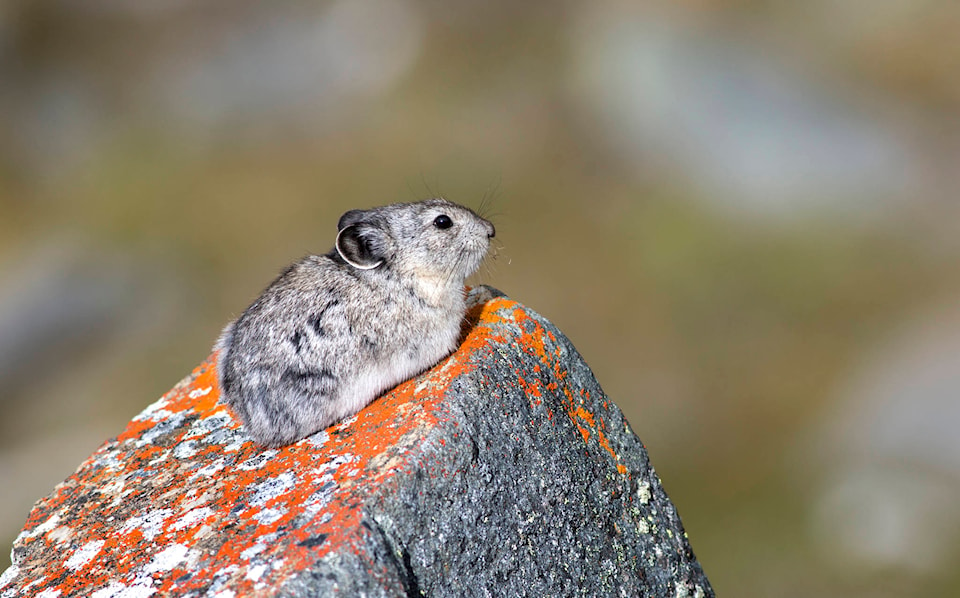Malkolm Boothroyd
Miners and prospectors are endangered species, and there should be an open season on environmentalists. I’m paraphrasing a comment I read online after CPAWS Yukon called on the Yukon government to write species at risk legislation.
Calls for strengthening environmental laws are often met with the same reaction — that environmental protections destroy jobs and immobilize resource extraction industries in tangles of red tape. It’s a storyline that’s especially prevalent around endangered species. Logging companies can’t clear-cut forests because of spotted owls. Protecting salmon would shut down mines.
Both the U.S. government and the Ontario government are making similar arguments as they attempt to strip key protections from their respective endangered species acts. The Ontario government references “barriers to economic development” as it suggests weakening habitat protections and opening loopholes that could delay recovery actions. One proposed amendment to the U.S. Endangered Species Act would water down protections for species threatened, but not yet endangered. Another amendment would allow officials to consider economic factors when determining whether species are imperilled — potentially giving industry lobbyists influence over decisions that should be based on science.
There’s a reason for the dilemma between protecting species and protecting industries. It’s because humans have pushed so many species to the brink. We’re careening towards the earth’s sixth mass extinction. Species are vanishing between one hundred and one thousand times faster than the natural rate of extinction. Dire circumstances demand bold action.
Last week CPAWS Yukon released a report, explaining why we believe the territory should enact species at risk legislation of its own. Current federal and territorial laws aren’t sufficient to protect the Yukon’s biodiversity. Canada’s Species at Risk Act has little power outside of federal lands, meaning it does not apply on the vast majority of land in the Yukon. Meanwhile the Yukon’s Wildlife Act applies to just five percent of species. Standalone species at risk legislation would give the Yukon the tools necessary to protect our most vulnerable animals and plants.
In the Yukon we have the luxury of being proactive. Like much of the north, we have not yet experienced the breadth of biodiversity loss that much of the planet has. If the Yukon enacts laws that protect species before they are critically endangered, then industries shouldn’t fear lawsuits or stop work orders over species at risk.
It’s even possible that lack of territorial legislation could cause industries unnecessary confusion in the future. The current gaps in legislation could lead to a foreseeable situation where the Yukon government is forced to adapt an existing law beyond its intended purpose to provide emergency protection for a species, causing complications for everybody involved. Far from making miners and prospectors endangered species, territorial species at risk legislation would provide them with more certainty. Protecting species that need help — while also creating clearer sets of rules — should be something we all can agree on.
The online commenter who recommended an open season on environmentalists missed one easy critique of protecting species at risk. It’s the question: who cares? Couldn’t the world do without the spiked saxifrage and the yellow-banded bumble bee? Maybe. But there’s an adage in ecology — take one rivet out of an airplane and it will still fly. But continue removing rivets and eventually the plane will fall from the sky. Species, and the roles and relationships they carry, are the rivets that hold ecosystems together.
I’m in awe when I think of the quirky adaptations that animals and plants have found to flourish on this planet. How is it that newly-hatched semipalmated sandpipers can fly from the Arctic tundra all the way to the shores of South America — without any guidance from their parents? When caterpillars weave themselves into cocoons, do they know they’ll grow shimmering wings and emerge as butterflies? Every time a species vanishes, our planet loses part of what makes it so special.
Many of the Yukon’s ecosystems are largely intact, but we can’t take it for granted. The chance to protect our species and ecosystems while they are still relatively healthy won’t last forever. CPAWS Yukon is calling on the Government of Yukon to enact species at risk legislation. If you agree our ecological identity is worth protecting, please do so too.
Malkolm Boothroyd is the Campaigns Coordinator at CPAWS Yukon.
